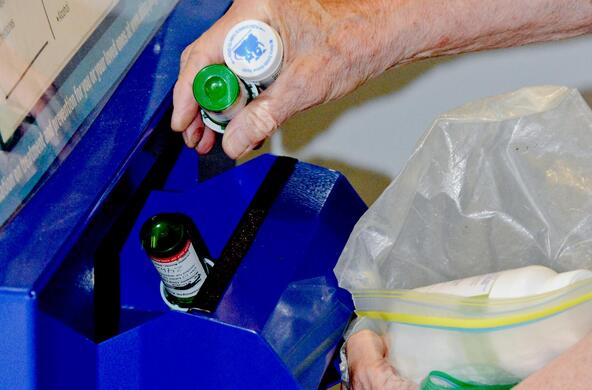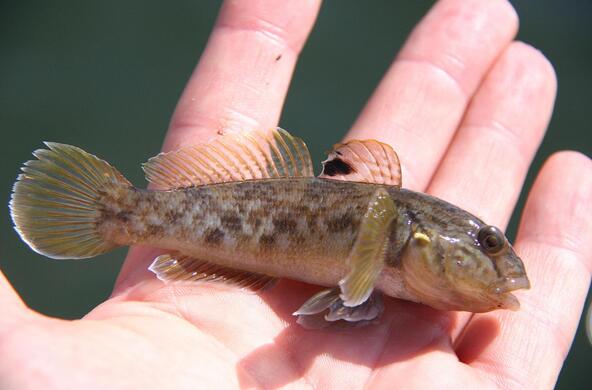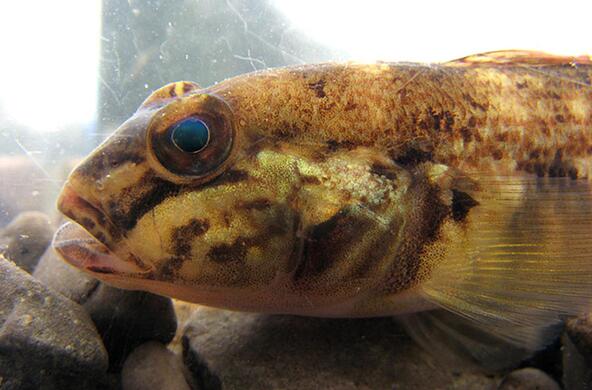A new high-tech environmental monitoring station based at Marist College in Poughkeepsie was unveiled Tuesday on the banks of the Hudson River. Hudson Valley Bureau Chief Dave Lucas reports.
The new station is part of a network of 15 sensors collectively known as the Hudson River Environmental Conditions Observing System, providing round-the-clock data on a range of variables— such as temperature, salinity, and pH --- Stuart Findlay, an aquatic ecologist at the Cary Institute, says the new station is unique because it can collect actual water samples.
The Poughkeepsie station was funded through the US Environmental Protection Agency, built in partnership with the U.S. Geological Survey, the New York State Department of Conservation, the Cary Institute of Ecosystem Studies, and Marist College.
It continuously monitors physical and chemical conditions of the water, automatically collecting samples for the assessment of toxics and pharmaceuticals.
Gary Wall is a hydrologist with the US Geological Survey. He says that the USGS is already using the station to monitor sediment, nutrient, and pesticide conditions in the Hudson River.
Stuart Findlay points out that the Poughkeepsie station goes the sensors one better: it can track contaminants attached to sediment, such as PCBS
The NYS DEC will also be relying on data from the station in their assessments of the state's water quality. Collected data will be used in assessing flood risk, determining water quality, pollution cleanup, DEC permitting, restoration efforts, and fisheries management.
NYS DEC Hudson River Estuary Coordinator Fran Dunwell notes one of the goals is to restore the signature fisheries of the Hudson. All agencies agree the greatest value in the station is its expected contribution to long-term "river recovery."






